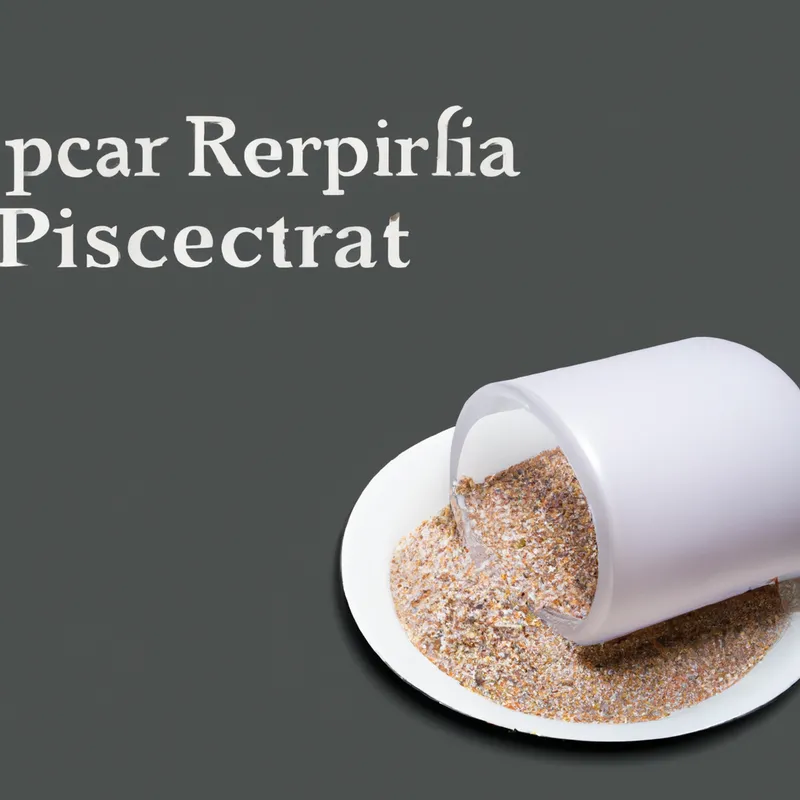Discover PT Expertise in RICE Strategies
The Role of Physical Therapists in RICE Protocols
In sports and rehabilitation, injuries frequently occur. Knowing how to respond is crucial. One effective treatment method is the RICE protocol. RICE stands for Rest, Ice, Compression, and Elevation. Physical therapists guide patients through this protocol. They ensure proper recovery and minimize further injuries.
Understanding the RICE Protocol
The RICE protocol contains four key components. Each element plays a unique role in recovery.
Rest
Rest allows the injured area to heal. Physical therapists emphasize resting the affected area. They help patients understand when to rest and when to return to activity. Overdoing it can lead to setbacks. Following a therapist’s guidance is essential.
Ice
Applying ice reduces swelling and numbs pain. Physical therapists recommend using ice for 15-20 minutes every hour for the first 48 hours. They instruct patients on safe ice application methods. They suggest using an ice pack or a bag of frozen peas. This method effectively manages inflammation.
Compression
Compression reduces swelling. Physical therapists often recommend compression bandages. They teach patients how to wrap the injured area correctly. Proper compression supports the injury while promoting blood flow. This assists in the healing process.
Elevation
Elevating the injured area minimizes swelling. Physical therapists advise keeping the injured limb above heart level. Patients can use pillows or cushions for this. Elevation enhances fluid drainage from the injury site.
Tips for Implementing RICE
Implementing the RICE protocol can be simple yet effective. Here are tips from physical therapists to ensure success.
1. **Start Immediately**: Begin RICE as soon as possible after an injury. Quick action significantly reduces swelling.
2. **Stay Consistent**: Follow the protocol for 48 hours. Consistency is key to effective recovery.
3. **Monitor Symptoms**: Pay attention to changes in pain or swelling. If symptoms worsen, consult a physical therapist for guidance.
4. **Incorporate Rest**: Rest the injured area. Avoid putting weight on it until advised otherwise.
5. **Use Proper Techniques**: Follow proper techniques for ice application and compression. This ensures maximum benefit and minimizes risks.
Advice from Physical Therapists
Physical therapists often share valuable insights about the RICE protocol. Here are some common pieces of advice.
Know Your Limits
Understanding your body’s limits is crucial. Physical therapists stress listening to your body. Pushing through pain can lead to severe injuries. Rest and allow your body to heal.
Seek Professional Help
If an injury does not improve, seek help. Physical therapists assess the injury and provide a tailored recovery plan. They recommend exercises or modalities to aid healing.
Gradual Return to Activity
When you feel better, do not rush back into activity. Physical therapists advise a gradual return to sports or physical activities. They provide exercises to strengthen the injured area. This approach helps prevent re-injury.
Benefits of RICE Protocol and Physical Therapy
The RICE protocol offers numerous benefits when combined with physical therapy. These benefits promote faster and more effective recovery.
Fast Recovery
Implementing RICE properly leads to faster healing. Rest, ice, compression, and elevation minimize swelling and pain. This allows patients to return to regular activities sooner.
Reduced Risk of Re-injury
Following RICE and working with physical therapists strengthens injured areas. This helps prevent future injuries. Therapists provide exercises targeting specific muscles and joints, enhancing overall stability.
Improved Mobility
Physical therapy combined with RICE improves mobility. Therapists assess patients’ range of motion and create exercise plans to restore function. Improved mobility is essential for daily activities and sports.
Enhanced Pain Management
Physical therapists help manage pain using RICE protocols. They provide education on pain management techniques. This knowledge empowers patients to control their recovery.
Conclusion
The RICE protocol is a crucial first step in managing injuries. Physical therapists play an essential role in this process. They guide patients on rest, ice application, compression, and elevation. They also provide valuable advice and support during recovery. By implementing RICE correctly, individuals can experience faster recovery, reduced risk of re-injury, and improved mobility. Always consult a physical therapist for personalized guidance. With their help, you can navigate the healing process effectively.
Below are related products based on this post:
FAQ
What does RICE stand for in injury management?
RICE stands for Rest, Ice, Compression, and Elevation. It is a protocol used to manage injuries by promoting healing and reducing swelling and pain.
How can physical therapists assist with the RICE protocol?
Physical therapists guide patients through the RICE protocol by providing instructions on how to properly rest, apply ice, use compression, and elevate the injured area. They also offer personalized advice to ensure effective recovery and minimize the risk of further injury.
Why is it important to seek professional help if an injury does not improve?
It is important to seek professional help if an injury does not improve because physical therapists can assess the injury, provide a tailored recovery plan, and recommend specific exercises or treatments. This ensures a safe and effective recovery process.















Post Comment